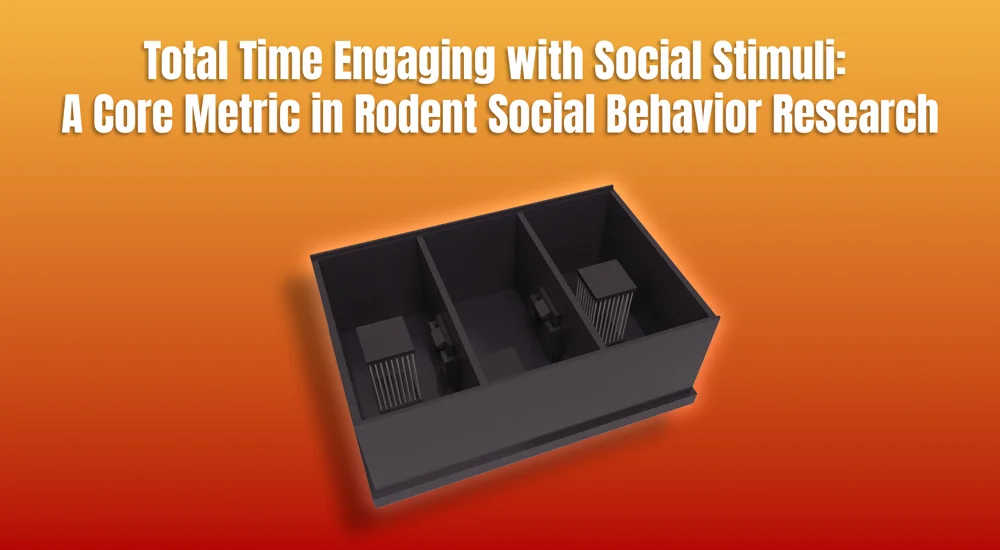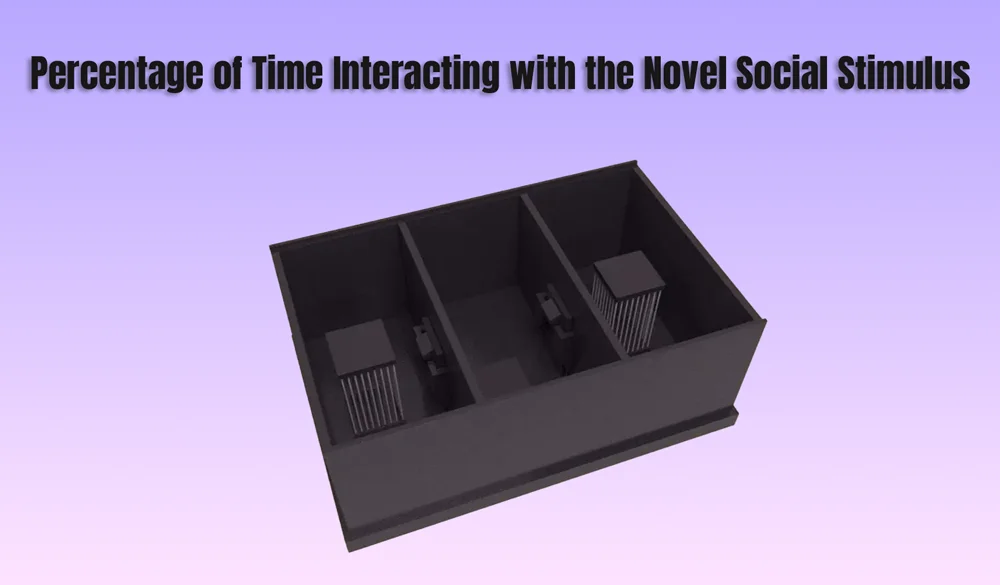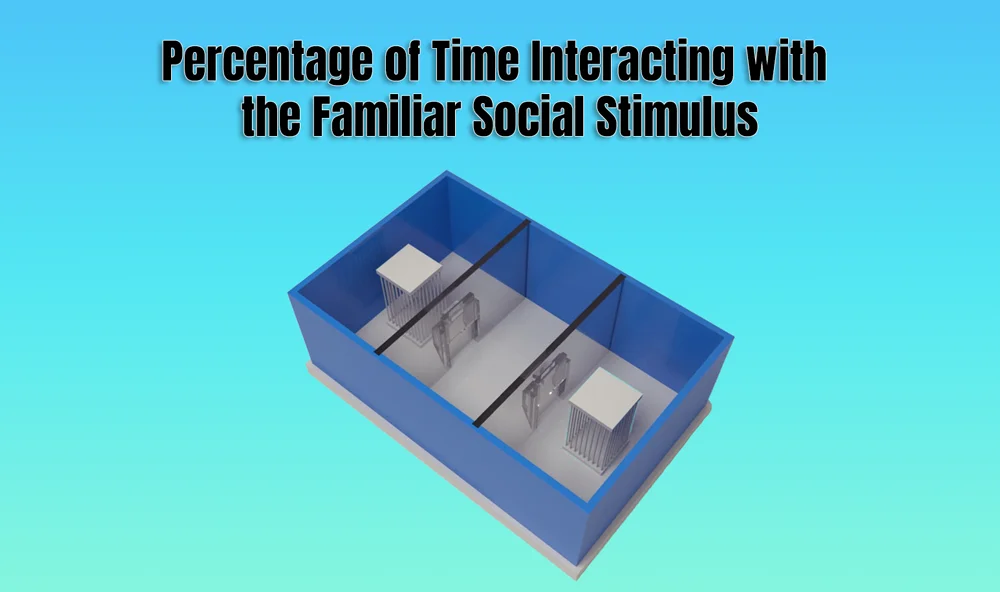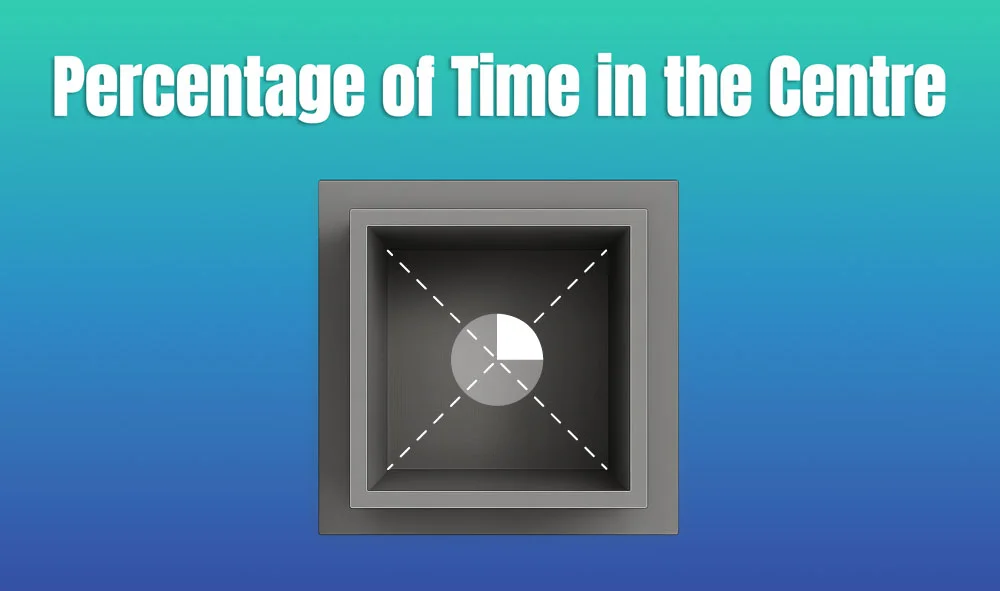

Every research applicant wants to be in the lead while competing for a grant. The larger grants, like R01, particularly require the preliminary data to stay in the competition. The grant proposals without preliminary research do not stand a chance except for those applying for smaller grants (R03). Acquiring accurate preliminary research information is what every research writer should strive for. Regrettably, several grant proposals are rejected every year based on the flaws observed in the preliminary data section. Many applicants are asked for revision and resubmission due to the errors pointed out by the panel reviewers. This article will guide you on how to deal with these errors.
Before constructing the preliminary data section, one must know the reason to construct this section. This section is important for the reviewers because:
This section is scrutinized by a panel of peer reviewers, and the potential flaws are noted. These errors are highlighted in the form of ‘criticism notes’ that are written in response to your proposal. Many writers commit mistakes that are very commonly found among the declined applications. You can easily avoid these errors if you are guided enough. So, the following sub-headings will point out the most popular mistakes in this section:
It is great to provide your preliminary research data, but overloading your application is not a wise approach. Sadly, the research writers state every detail regarding the preliminary research. They do not leave suspense for the reviewers regarding the progression of their research. The reviewers learn every detail from the start, and there is nothing new left for them to look forward to in the coming sections of the applications. Information regarding all the other sections is elaborated on it. This bores the reviewers, and they see no innovative thrillers in your research idea. Hence, they decline your proposal due to the lack of interesting spoilers that they often seek.
How to Rewrite?
Excessive elaboration makes your application dull for the grant reviewers. To correct this flaw, you have to follow these protocols:
The data obtained from outside sources are prohibited in the preliminary data section. Heaps of the grant proposals are criticized by the reviewers due to the inclusion of information quoted from the literature databases to support their preliminary research. The interference from the foreign sources supporting research hypotheses lowers the value of your application instead of increasing it. Such type of information is only beneficial in the other sections. Usually, this point is neglected by the writers, and both inside and outside sources of information are mingled together, resulting in confusion and grant rejection.
How to Rewrite?
The preliminary data section is solely dedicated to the data obtained wholly from your preliminary research. Here you have to state that your research laboratory is big enough to obtain an enormous amount of preliminary data (Ronald, 2012). The ground rules for correcting this error are:
As a grant writer, you can demonstrate your research data with the help of diagrams, tables, charts, and figures. However, the represented data should be easy to read and comprehend. In many grant applications, the information scripted in this section in the form of pictorial representations is either complex or difficult to read. This greatly disappoints the reviewers and forces them to ask the writers for resubmission after clarifying the complicated data shown through complex diagrams.
How to Rewrite?
Simplicity and clarity are the key features to representing an idea. Thus, to rectify this flaw, you have to keep these points in your mind while giving a diagrammatical representation of your data derived from your preliminary research:
This error is found in the majority of the sections of the declined grant applicants. The level of irrelevant data is at its peak in the preliminary data section of several applications. This has introduced the term called ‘fishing expedition’ by the reviewers in the criticism notes. Fishing expedition means searching for relevant knowledge in the sea of information provided by grant writers. The provision of irrelevant data in this section tires the panel reviewers and compels them to reject the research application.
How to Rewrite?
To avoid this error, the writers should act as per these steps:
Every section of your research should be scripted like a story for the reviewers with one event leading to another. The preliminary data section is no different. Now and then, we hear the criticism regarding the ambiguity and lack of correlation between statements in this section. When the statements are incoherent, it is difficult for the peer-reviewers to comprehend the meaning of the data derived from your preliminary research. This badly portrays your writing skills and harms your level of competency in the field of research, as well.
How to Rewrite?
This kind of error should be corrected by adhering to the following guidelines:
The supporting information of your preliminary research section is related to the innovative designs, plans, and techniques that you will be explaining to prove the utility of your research idea. Various applications are deficient in the supportive data regarding their research idea every year. The writers do not either know the importance of introducing novel techniques through preliminary research or have enough dexterity to demonstrate the potential of newness in their proposed research idea. Hence, a lack of this type of supporting data urges the reviewers to reject the grant applications.
How to Rewrite?
This flaw can be removed from your application by keeping certain rules in your mind. These significant principles include:
The preliminary research data should not be biased. All researchers are prone to imperfections and have their shortcomings. Applications with one-sided data favoring their research aims and outcomes are said to be artificial. These writers ignore the limitations of their preliminary research and only script those points that back their research idea. The level of objectivity is zero in such applications, which is very unrealistic. This makes the reviewers suspicious of the research idea that you are suggesting. Therefore, you are asked for a resubmission after adding the limitations of the preliminary research that you conducted.
How to Rewrite?
One-sided text can be altered according to the reviewers by following these instructions:
The portion regarding the preliminary research data acts as the backbone of your grant proposal. It is a solid piece of evidence for the applicability and reliability of your proposed research concept. No research is perfect, but it should be good despite the limitations and objectivity that it offers. This perfection can only be attained by avoiding potential errors that can arise while loading your application with the preliminary data. This article can guide you even when you are asked for a resubmission after revising your errors. All the important guidelines for editing your errors in this section are exclusively provided here. You can easily benefit from them whenever needed.
In behavioral neuroscience, the Open Field Test (OFT) remains one of the most widely used assays to evaluate rodent models of affect, cognition, and motivation. It provides a non-invasive framework for examining how animals respond to novelty, stress, and pharmacological or environmental manipulations. Among the test’s core metrics, the percentage of time spent in the center zone offers a uniquely normalized and sensitive measure of an animal’s emotional reactivity and willingness to engage with a potentially risky environment.
This metric is calculated as the proportion of time spent in the central area of the arena—typically the inner 25%—relative to the entire session duration. By normalizing this value, researchers gain a behaviorally informative variable that is resilient to fluctuations in session length or overall movement levels. This makes it especially valuable in comparative analyses, longitudinal monitoring, and cross-model validation.
Unlike raw center duration, which can be affected by trial design inconsistencies, the percentage-based measure enables clearer comparisons across animals, treatments, and conditions. It plays a key role in identifying trait anxiety, avoidance behavior, risk-taking tendencies, and environmental adaptation, making it indispensable in both basic and translational research contexts.
Whereas simple center duration provides absolute time, the percentage-based metric introduces greater interpretability and reproducibility, especially when comparing different animal models, treatment conditions, or experimental setups. It is particularly effective for quantifying avoidance behaviors, risk assessment strategies, and trait anxiety profiles in both acute and longitudinal designs.
This metric reflects the relative amount of time an animal chooses to spend in the open, exposed portion of the arena—typically defined as the inner 25% of a square or circular enclosure. Because rodents innately prefer the periphery (thigmotaxis), time in the center is inversely associated with anxiety-like behavior. As such, this percentage is considered a sensitive, normalized index of:
Critically, because this metric is normalized by session duration, it accommodates variability in activity levels or testing conditions. This makes it especially suitable for comparing across individuals, treatment groups, or timepoints in longitudinal studies.
A high percentage of center time indicates reduced anxiety, increased novelty-seeking, or pharmacological modulation (e.g., anxiolysis). Conversely, a low percentage suggests emotional inhibition, behavioral avoidance, or contextual hypervigilance. reduced anxiety, increased novelty-seeking, or pharmacological modulation (e.g., anxiolysis). Conversely, a low percentage suggests emotional inhibition, behavioral avoidance, or contextual hypervigilance.
The percentage of center time is one of the most direct, unconditioned readouts of anxiety-like behavior in rodents. It is frequently reduced in models of PTSD, chronic stress, or early-life adversity, where animals exhibit persistent avoidance of the center due to heightened emotional reactivity. This metric can also distinguish between acute anxiety responses and enduring trait anxiety, especially in longitudinal or developmental studies. Its normalized nature makes it ideal for comparing across cohorts with variable locomotor profiles, helping researchers detect true affective changes rather than activity-based confounds.
Rodents that spend more time in the center zone typically exhibit broader and more flexible exploration strategies. This behavior reflects not only reduced anxiety but also cognitive engagement and environmental curiosity. High center percentage is associated with robust spatial learning, attentional scanning, and memory encoding functions, supported by coordinated activation in the prefrontal cortex, hippocampus, and basal forebrain. In contrast, reduced center engagement may signal spatial rigidity, attentional narrowing, or cognitive withdrawal, particularly in models of neurodegeneration or aging.
The open field test remains one of the most widely accepted platforms for testing anxiolytic and psychotropic drugs. The percentage of center time reliably increases following administration of anxiolytic agents such as benzodiazepines, SSRIs, and GABA-A receptor agonists. This metric serves as a sensitive and reproducible endpoint in preclinical dose-finding studies, mechanistic pharmacology, and compound screening pipelines. It also aids in differentiating true anxiolytic effects from sedation or motor suppression by integrating with other behavioral parameters like distance traveled and entry count (Prut & Belzung, 2003).
Sex-based differences in emotional regulation often manifest in open field behavior, with female rodents generally exhibiting higher variability in center zone metrics due to hormonal cycling. For example, estrogen has been shown to facilitate exploratory behavior and increase center occupancy, while progesterone and stress-induced corticosterone often reduce it. Studies involving gonadectomy, hormone replacement, or sex-specific genetic knockouts use this metric to quantify the impact of endocrine factors on anxiety and exploratory behavior. As such, it remains a vital tool for dissecting sex-dependent neurobehavioral dynamics.
The percentage of center time is one of the most direct, unconditioned readouts of anxiety-like behavior in rodents. It is frequently reduced in models of PTSD, chronic stress, or early-life adversity. Because it is normalized, this metric is especially helpful for distinguishing between genuine avoidance and low general activity.
Environmental Control: Uniformity in environmental conditions is essential. Lighting should be evenly diffused to avoid shadow bias, and noise should be minimized to prevent stress-induced variability. The arena must be cleaned between trials using odor-neutral solutions to eliminate scent trails or pheromone cues that may affect zone preference. Any variation in these conditions can introduce systematic bias in center zone behavior. Use consistent definitions of the center zone (commonly 25% of total area) to allow valid comparisons. Software-based segmentation enhances spatial precision.
Evaluating how center time evolves across the duration of a session—divided into early, middle, and late thirds—provides insight into behavioral transitions and adaptive responses. Animals may begin by avoiding the center, only to gradually increase center time as they habituate to the environment. Conversely, persistently low center time across the session can signal prolonged anxiety, fear generalization, or a trait-like avoidance phenotype.
To validate the significance of center time percentage, it should be examined alongside results from other anxiety-related tests such as the Elevated Plus Maze, Light-Dark Box, or Novelty Suppressed Feeding. Concordance across paradigms supports the reliability of center time as a trait marker, while discordance may indicate task-specific reactivity or behavioral dissociation.
When paired with high-resolution scoring of behavioral events such as rearing, grooming, defecation, or immobility, center time offers a richer view of the animal’s internal state. For example, an animal that spends substantial time in the center while grooming may be coping with mild stress, while another that remains immobile in the periphery may be experiencing more severe anxiety. Microstructure analysis aids in decoding the complexity behind spatial behavior.
Animals naturally vary in their exploratory style. By analyzing percentage of center time across subjects, researchers can identify behavioral subgroups—such as consistently bold individuals who frequently explore the center versus cautious animals that remain along the periphery. These classifications can be used to examine predictors of drug response, resilience to stress, or vulnerability to neuropsychiatric disorders.
In studies with large cohorts or multiple behavioral variables, machine learning techniques such as hierarchical clustering or principal component analysis can incorporate center time percentage to discover novel phenotypic groupings. These data-driven approaches help uncover latent dimensions of behavior that may not be visible through univariate analyses alone.
Total locomotion helps contextualize center time. Low percentage values in animals with minimal movement may reflect sedation or fatigue, while similar values in high-mobility subjects suggest deliberate avoidance. This metric helps distinguish emotional versus motor causes of low center engagement.
This measure indicates how often the animal initiates exploration of the center zone. When combined with percentage of time, it differentiates between frequent but brief visits (indicative of anxiety or impulsivity) versus fewer but sustained center engagements (suggesting comfort and behavioral confidence).
The delay before the first center entry reflects initial threat appraisal. Longer latencies may be associated with heightened fear or low motivation, while shorter latencies are typically linked to exploratory drive or low anxiety.
Time spent hugging the walls offers a spatial counterbalance to center metrics. High thigmotaxis and low center time jointly support an interpretation of strong avoidance behavior. This inverse relationship helps triangulate affective and motivational states.
By expressing center zone activity as a proportion of total trial time, researchers gain a metric that is resistant to session variability and more readily comparable across time, treatment, and model conditions. This normalized measure enhances reproducibility and statistical power, particularly in multi-cohort or cross-laboratory designs.
For experimental designs aimed at assessing anxiety, exploratory strategy, or affective state, the percentage of time spent in the center offers one of the most robust and interpretable measures available in the Open Field Test.
Written by researchers, for researchers — powered by Conduct Science.








Monday – Friday
9 AM – 5 PM EST
DISCLAIMER: ConductScience and affiliate products are NOT designed for human consumption, testing, or clinical utilization. They are designed for pre-clinical utilization only. Customers purchasing apparatus for the purposes of scientific research or veterinary care affirm adherence to applicable regulatory bodies for the country in which their research or care is conducted.